Every heartbeat counts, but sometimes the heart can beat too fast or too slow, leading to health concerns. A heart rate above 100 beats per minute (bpm) at rest or below 60 bpm can be dangerous. Recognizing these rates is crucial for maintaining good health and knowing when to seek medical attention.
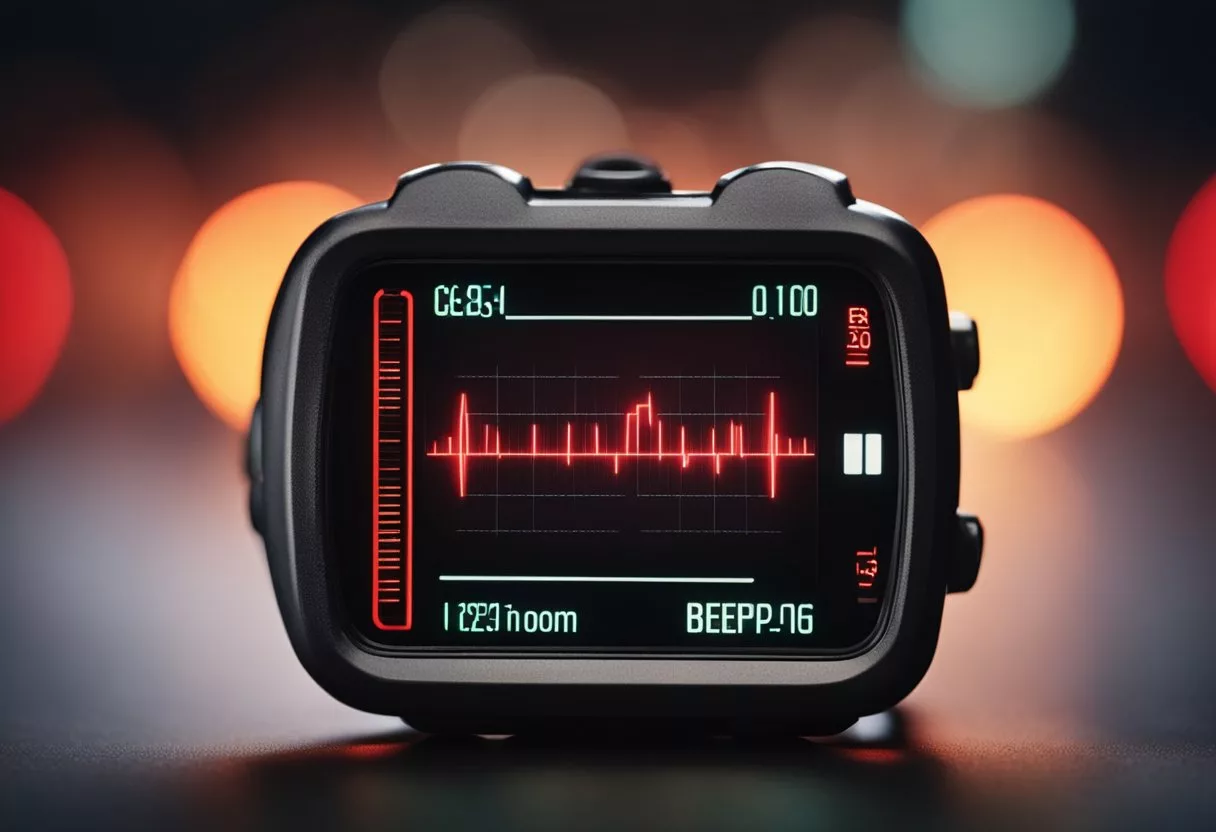
The number of times your heart beats per minute can indicate how your body is functioning. Factors like age, activity level, and underlying health conditions play a role in determining what’s normal. Understanding these nuances helps in identifying when the heart rate strays into dangerous territory.
It’s essential to know the symptoms of abnormal heart rates, such as dizziness, shortness of breath, or chest pain. These signs can point to serious conditions that may require immediate medical help. Monitoring your heart rate and being aware of these indicators is key to ensuring timely and effective treatment.
Key Takeaways
- Dangerous heart rates are above 100 bpm or below 60 bpm at rest.
- Various factors like age and activity level influence heart rate.
- Symptoms of abnormal heart rates include dizziness and chest pain.
Understanding Heart Rate
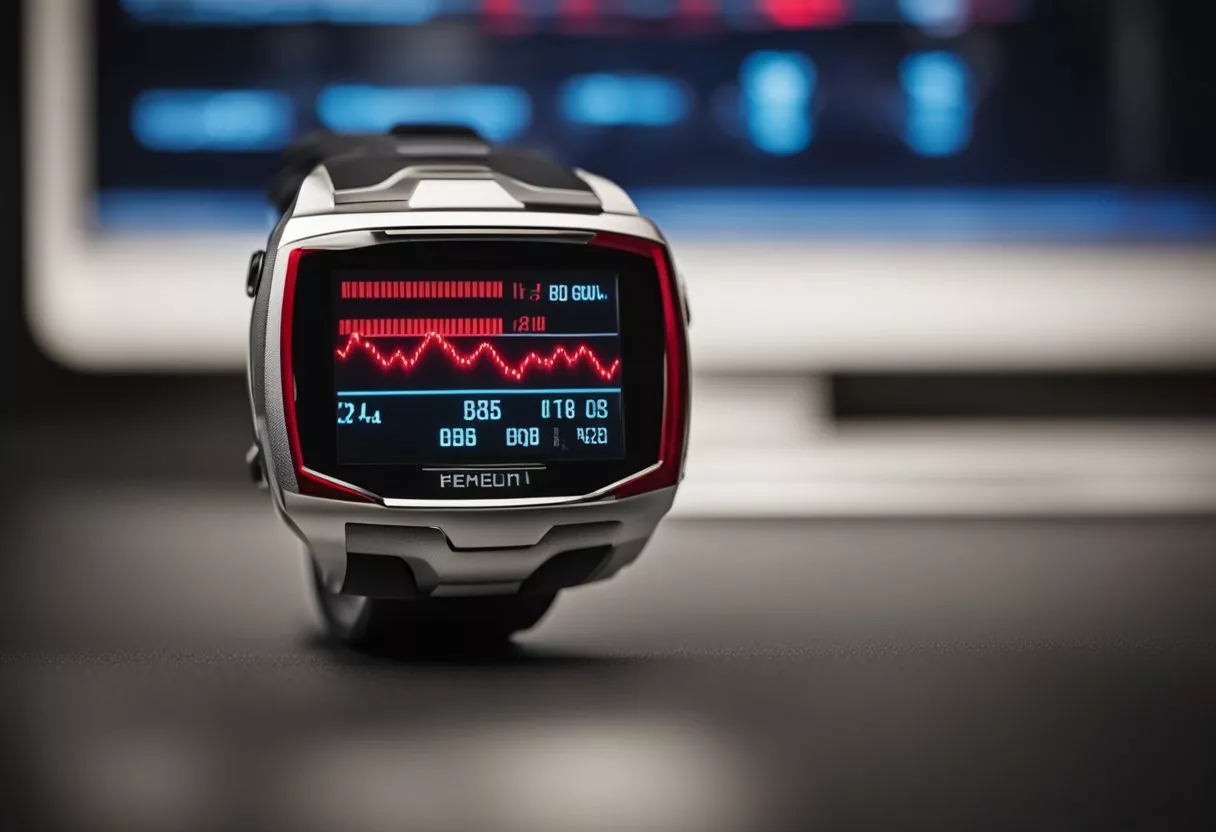
Heart rate refers to the number of times the heart beats per minute (bpm). It is an important measure of cardiovascular health.
A normal heart rate during rest, known as the resting heart rate, typically ranges from 60 to 100 bpm for adults. An individual’s resting heart rate can vary due to factors like age, fitness level, and overall health.
Factors Affecting Heart Rate
- Activity Level: Physical activity can increase heart rate to supply more oxygen-rich blood to muscles.
- Stress: Emotional stress can raise the heartbeat.
- Medications: Certain medications can either increase or lower heart rate.
- Health Conditions: Conditions like thyroid disease or heart conditions can affect the heart rate.
Calculating Maximum and Target Heart Rates
- Maximum Heart Rate (MHR): To estimate the maximum heart rate, subtract the person’s age from 220. For example, a 30-year-old’s MHR would be 190 bpm.
- Target Heart Rate: This is 50%-85% of the maximum heart rate. For a 30-year-old, the target heart rate would range from 95 to 162 bpm during exercise.
Monitoring Heart Rate
Keeping track of your heart rate can help detect any irregularities and ensure you are exercising within safe limits. Use devices like fitness trackers or manually check the pulse at the wrist or neck.
What Is a Dangerous Heart Rate?

A dangerous heart rate can be too high or too low. For most adults, a resting heart rate between 60 and 100 beats per minute (bpm) is normal.
A high heart rate (over 100 bpm at rest) is called tachycardia. It can be caused by factors such as stress, fever, or certain medications. In some cases, it may signal heart conditions like atrial fibrillation.
A low heart rate (below 60 bpm at rest) is called bradycardia. This can be normal for athletes but might indicate issues like heart block.
Signs of a dangerous heart rate can include:
- Dizziness or lightheadedness
- Shortness of breath
- Chest pain
- Fainting
Monitoring your heart rate and knowing these signs can be crucial. For more details, you can read about dangerous heart rates on Healthline.
In some cases, a heart rate that is too fast or too slow may need medical attention to prevent complications. Learn more about the conditions linked to an abnormal heart rate from Verywell Health.
If an unusual heart rate persists, it’s important to seek medical help to ensure there are no serious health issues, as explained by the Cleveland Clinic.
Factors Affecting Heart Rate
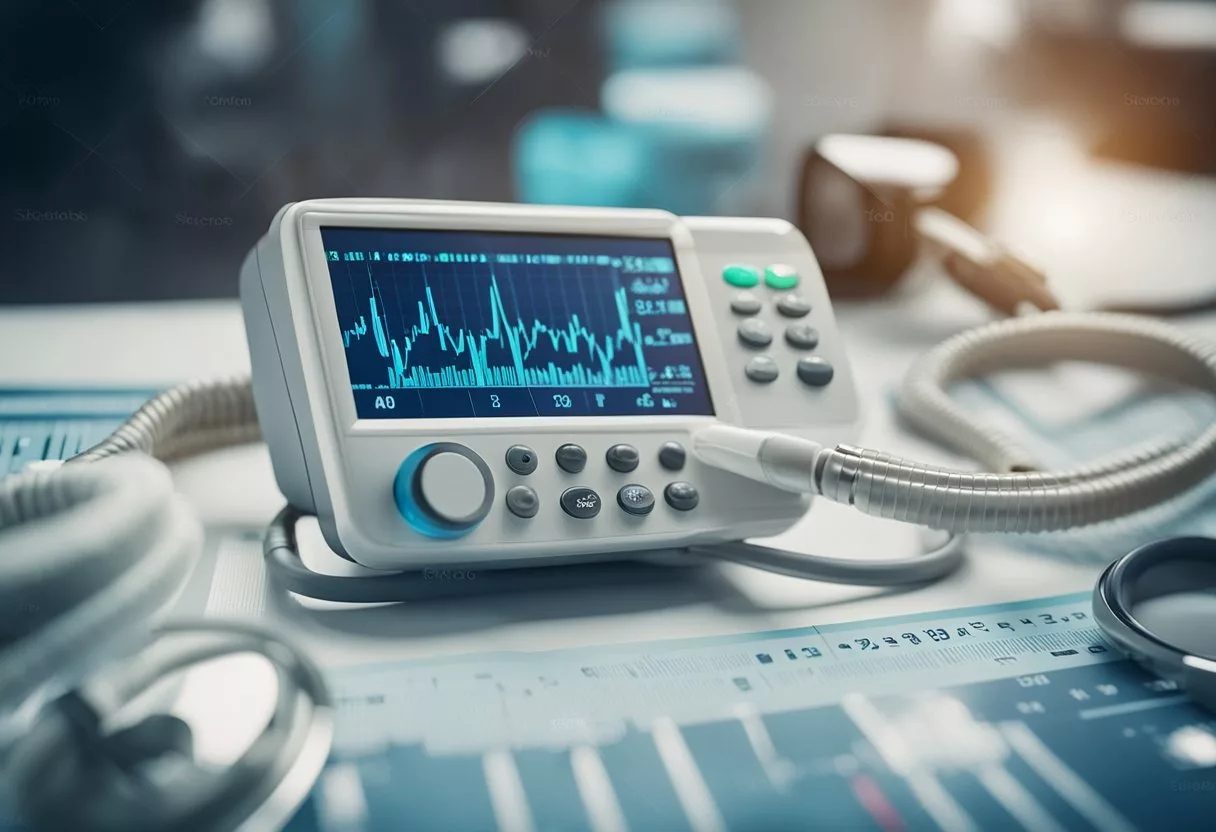
Heart rate can be influenced by multiple factors such as age, physical activity levels, and health conditions. Understanding these factors helps in identifying what constitutes a dangerous heart rate.
Age and Resting Heart Rates
As people age, their resting heart rate can change. Generally, a normal resting heart rate for adult’s ranges from 60 to 100 beats per minute (bpm). Children tend to have higher resting heart rates compared to adults, while older adults may see a gradual decrease.
Age-related heart changes can lead to variations. For instance, men often have slightly lower resting heart rates compared to women. Older individuals might have a slower heart rate due to decreased efficiency of the heart muscle.
In very young children, resting heart rates can be significantly higher, often reaching up to 120 bpm. This is due to their faster metabolism and higher energy expenditure.
Exercise and Active Heart Rates
Regular exercise has a profound effect on heart rate. Athletes or individuals who engage in regular physical activities often have lower resting heart rates, indicating better cardiovascular fitness.
During exercise, the heart rate increases to supply more oxygen to the muscles. For example, the target heart rate for exercise in adults can range from 50% to 85% of their maximum heart rate. This maximum is typically calculated as 220 minus their age.
Athletes might experience a significant increase in heart rate during exercise, sometimes reaching up to 180 bpm or higher, depending on intensity. Post-exercise, their heart rate returns to normal faster than in non-athletes.
Health Conditions Influencing Heart Rate
Various health conditions can impact heart rate. Conditions like anxiety, stress, and fever can cause temporary increases. Chronic health issues such as heart conditions, infections, and hormone imbalances often affect heart rates significantly.
Substances like caffeine and alcohol can also raise the heart rate. Anxiety or panic attacks may cause a temporary spike, while chronic conditions like thyroid disorders can lead to long-term changes.
Infections can cause increased heart rates due to the body’s immune response. Conversely, certain medications for heart conditions may lower the heart rate. Understanding these influences is crucial for managing and monitoring heart health effectively.
Symptoms of Abnormal Heart Rates

Abnormal heart rates can result in various symptoms, depending on whether the heart rate is too fast, too slow, or irregular. Recognizing these symptoms early can help in seeking timely medical intervention.
Recognizing Tachycardia
Tachycardia refers to an abnormally fast heart rate, usually above 100 beats per minute while at rest. Common signs include palpitations, where one might feel their heart racing or fluttering. Shortness of breath can also occur, especially during minimal physical activity or at rest. Other symptoms may include dizziness, fainting, and chest pain, which can be alarming and suggest cardiac stress.
When tachycardia is due to an irregular rhythm, it can cause fatigue, as the heart may be less efficient at pumping blood. Lightheadedness or a sensation of being on the verge of fainting may be present as well. In severe cases, a person might experience sudden fainting due to the heart’s inability to maintain adequate blood flow.
Understanding Bradycardia
Bradycardia is defined as a resting heart rate that is too slow, typically below 60 beats per minute. People with bradycardia often experience fatigue and weakness, as their heart is not pumping enough blood to meet the body’s needs. Dizziness and fainting are also common symptoms because of reduced blood flow to the brain.
Shortness of breath during physical activities is another symptom, as the body struggles to get enough oxygen. Some individuals might experience chest pain or discomfort, linked to inadequate coronary blood flow. Additionally, cognitive issues like confusion or memory problems can occur due to insufficient blood supply to the brain.
Identifying Arrhythmias
Arrhythmias are irregular heartbeats, where the heart can beat too fast, too slow, or erratically. Symptoms often include a sensation of fluttering or a skipping heartbeat. People might also feel palpitations, a noticeable pounding in the chest.
Other frequently reported symptoms include dizziness, fainting, and shortness of breath, similar to those in other heart rate abnormalities. Fatigue and chest pain might also result from severe arrhythmias, indicating reduced cardiac efficiency. Anxiety and sweating can accompany these episodes, especially if the arrhythmia causes significant hemodynamic compromise.
Causes of Abnormal Heart Rates
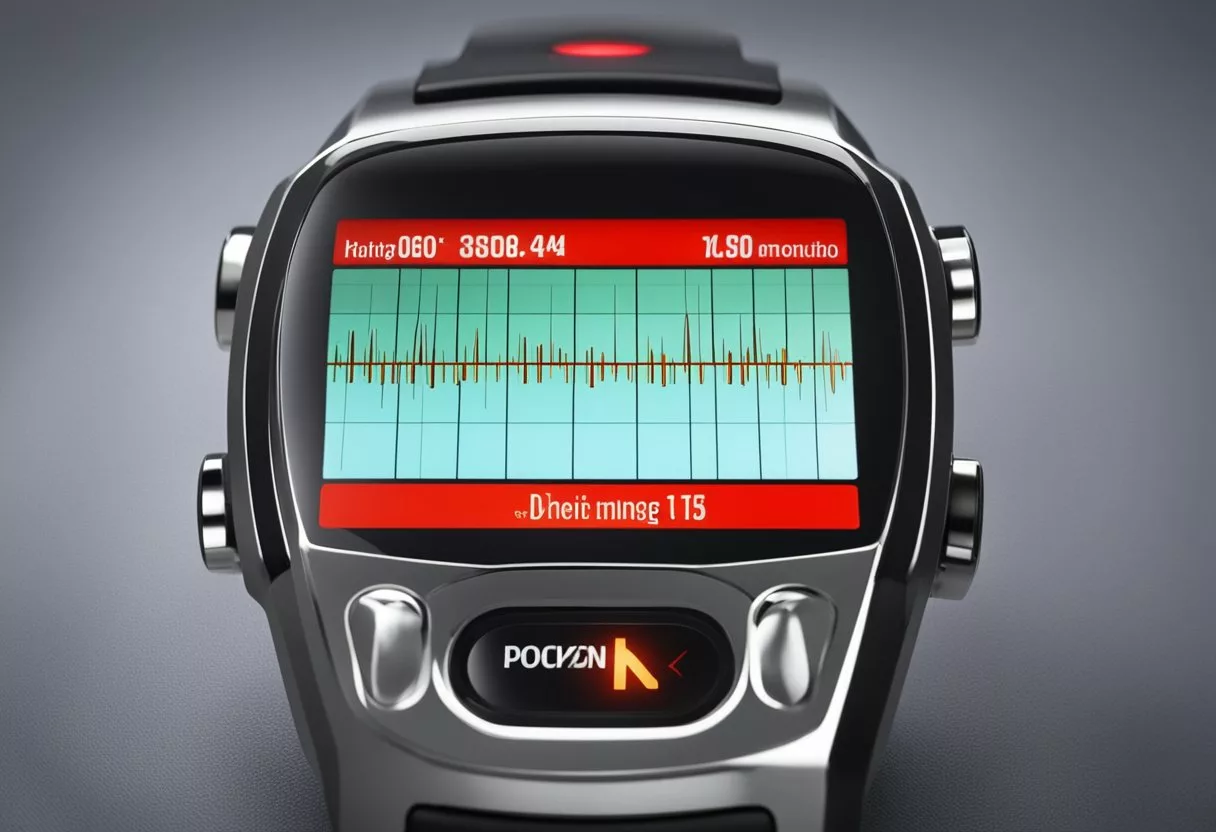
Various factors can lead to abnormal heart rates, including medications, medical conditions, and lifestyle choices. Understanding these causes is essential for maintaining heart health and knowing when to seek medical help.
Impact of Medications and Substances
Medications and substances can significantly affect heart rates. Some medications, such as beta-blockers, lower the heart rate to treat high blood pressure and heart disease. On the other hand, stimulants like caffeine and illegal drugs can raise the heart rate.
Alcohol consumption may also impact heart rhythm, sometimes causing arrhythmias. It’s important to be aware of medication side effects and consult a doctor when starting a new medication.
Monitoring the effects of various substances on the heart rate using an ECG or electrocardiogram can assist in managing potential risks.
Medical Conditions Related to Heart Rate
Several medical conditions can cause abnormal heart rates. Heart disease and heart failure often lead to irregular heart rhythms. Conditions like hyperthyroidism can cause the heart to beat faster than normal.
Congenital heart disease may result in abnormal heart rates from birth. Anemia, due to low blood oxygen levels, forces the heart to pump harder, increasing the heart rate.
Other conditions like sleep apnea can cause fluctuations in heart rate during sleep. Regular check-ups and early diagnosis of these conditions are crucial for effective management.
Environmental and Lifestyle Factors
Environmental and lifestyle factors also play a role in heart rate abnormalities. High temperatures or extreme cold can increase heart rate as the body works to maintain a stable internal temperature.
Smoking and high caffeine intake can lead to elevated heart rates and heart problems over time. Stress and lack of sleep may also contribute to irregular heartbeats.
Maintaining a healthy lifestyle, including regular exercise and a balanced diet, helps in keeping the heart rate within a healthy range. Avoiding excessive alcohol and practicing relaxation techniques can mitigate negative effects on heart rhythm.
Diagnosing Heart Rate Issues
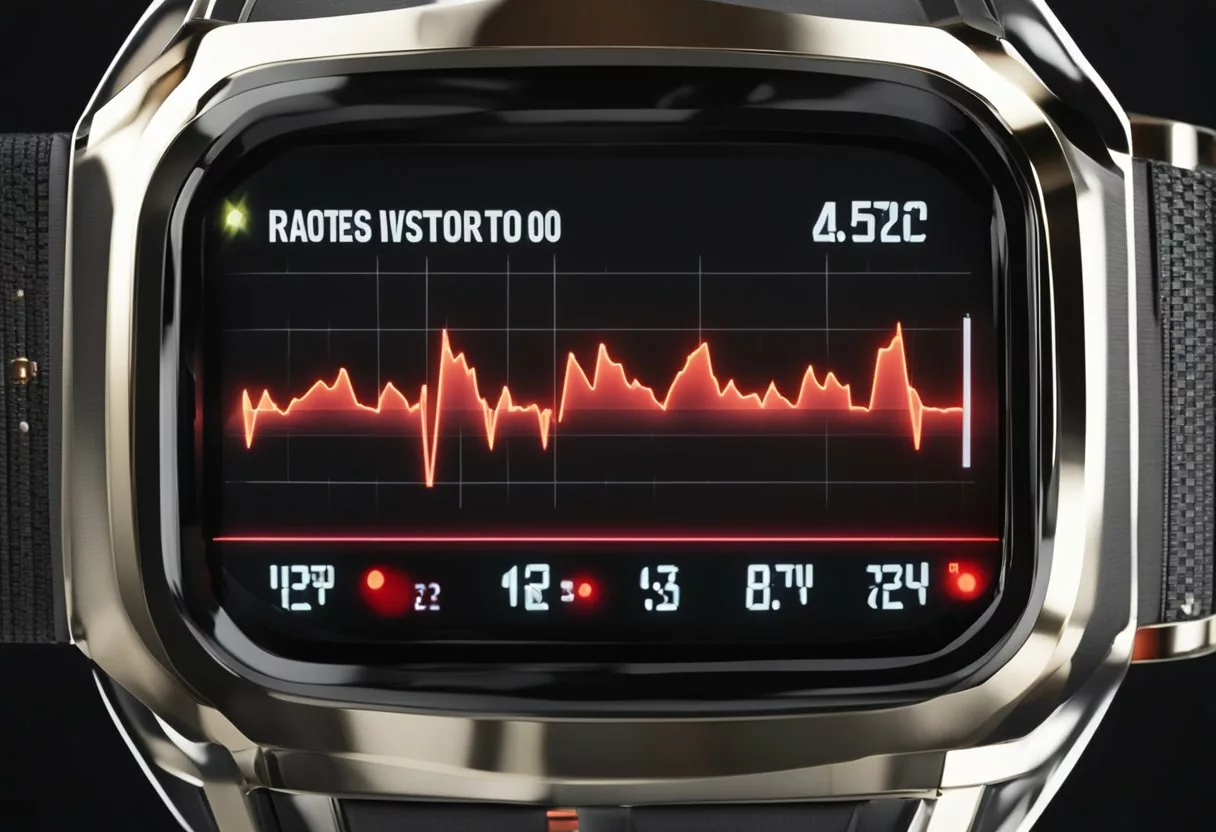
When diagnosing heart rate issues, medical professionals use a range of examinations and tests to understand the underlying problems. Monitoring heart rate patterns is also crucial for a thorough diagnosis. Both of these steps are essential to identify the cause of abnormal heart rates and determine appropriate treatments.
Examination and Tests
Doctors start by asking about symptoms like dizziness, chest pain, or palpitations. They check the pulse rate to see if it is too fast, too slow, or irregular. A common tool is the Electrocardiogram (ECG), which records the electrical signals in the heart. This helps in identifying issues in the heart rhythm, such as those found in the upper chambers of the heart.
For more detailed views, a CT scan might be used. It can show how well blood flows through the vessels. A tilt-table test is another option, especially useful for people with POTS (Postural Orthostatic Tachycardia Syndrome), to see how their heart rate changes with different body positions.
People with specific conditions like hypothyroidism or an overactive thyroid may also have their thyroid levels checked. This is because thyroid issues can affect heart rate. Blood tests may be done to rule out infections or anemia.
Monitoring Heart Rate Patterns
Regular monitoring of heart rate patterns helps doctors track how the heart behaves over time. Holter monitors are portable devices worn for 24-48 hours, continuously recording heart rate. This helps capture irregularities that might not occur during a short visit to the doctor’s office.
For longer-term monitoring, event monitors are used. These can be worn for weeks or even months. They record only when the patient feels symptoms and activates the device, catching episodic heart rhythm issues.
Smartwatches and fitness trackers may also provide useful data, especially for heart rate while exercising and heart rate while sleeping. This continuous data can show patterns that might help in diagnosing issues like sick sinus syndrome.
Some cases require stress tests to measure heart rate response to physical activity. This helps determine the ideal heart rate during exercise and identify any heart rate abnormalities triggered by physical exertion. Regular monitoring ensures doctors get a comprehensive view of heart activity, crucial for accurate diagnosis and effective treatment.
Treatment and Management
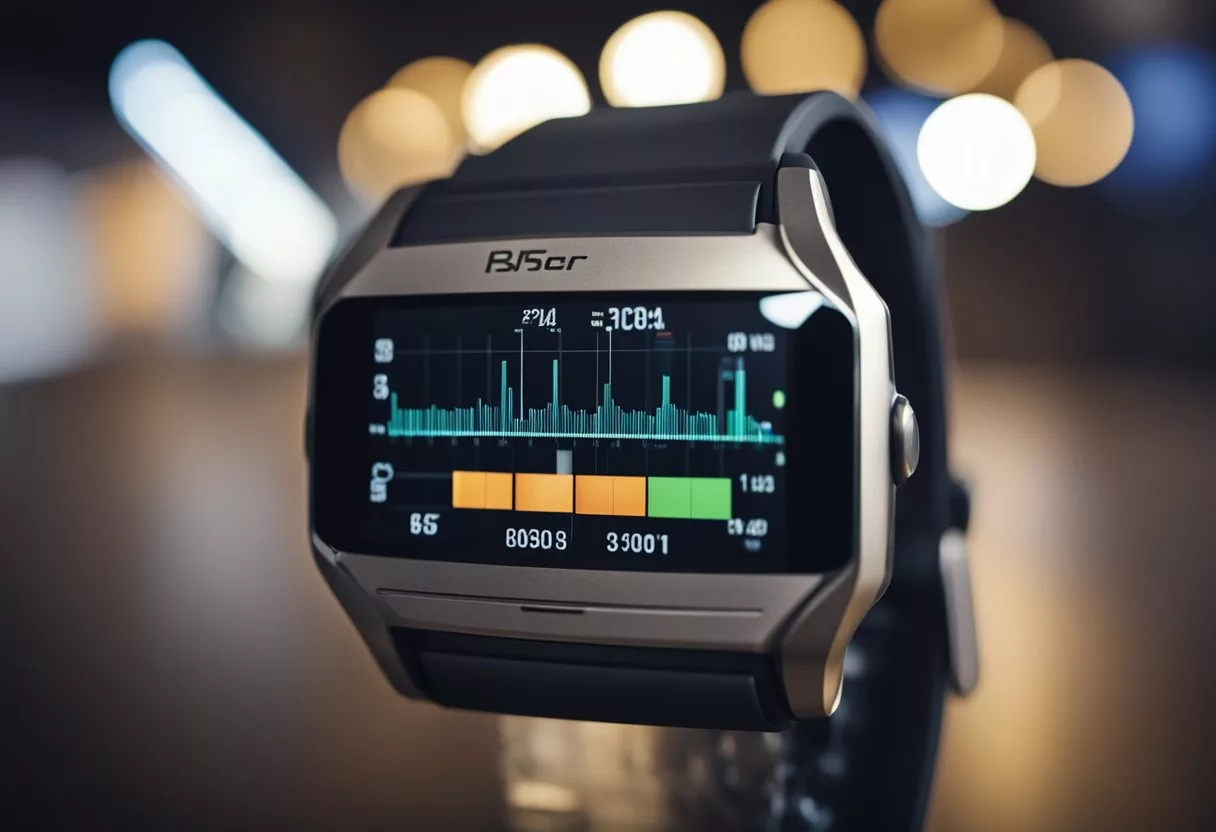
Treating a dangerous heart rate involves both medical interventions and lifestyle modifications. Depending on the type of tachycardia, treatment options vary to help stabilize the heart’s rhythm and improve overall health.
Medical Interventions
When dealing with conditions like sinus tachycardia or ventricular tachycardia, seeking immediate medical attention is crucial. Some people may need beta-blockers which help slow the heart rate. In more severe cases, pacemakers or implantable cardioverter defibrillators (ICDs) may be necessary to regulate electrical impulses within the heart.
Medications are often prescribed to control the heart rate or prevent future episodes. For instance, antiarrhythmic drugs may help manage abnormal rhythms. Sometimes, surgery is required to correct specific issues, like ablation therapy, which targets and isolates areas causing irregular electrical signals.
Heart palpitations or lightheadedness can signal the need for these treatments. If left untreated, these symptoms could worsen, resulting in confusion or tiredness. Regular monitoring and adjustments to medications are needed to ensure effective management.
Lifestyle Modifications
Beyond medical treatments, people can adopt lifestyle changes to manage their heart rate effectively. Regular physical activity can strengthen the heart and improve its efficiency. It’s essential to find a balanced workout routine that avoids triggering heart palpitations or excessive strain.
Maintaining a healthy weight and diet is beneficial. Foods low in sodium and rich in potassium support heart health. Avoiding stimulants such as caffeine or nicotine can reduce occurrences of both supraventricular and ventricular tachycardia.
Stress management techniques, like yoga or meditation, can help stabilize the heart rate. Relaxation practices are crucial for those who experience episodes of sinus tachycardia or bradycardia. Regular sleep patterns also contribute to maintaining a normal resting heart rate.
Incorporating these lifestyle modifications, alongside prescribed medical interventions, can significantly enhance heart health and prevent dangerous heart rate episodes.
Prevention Strategies
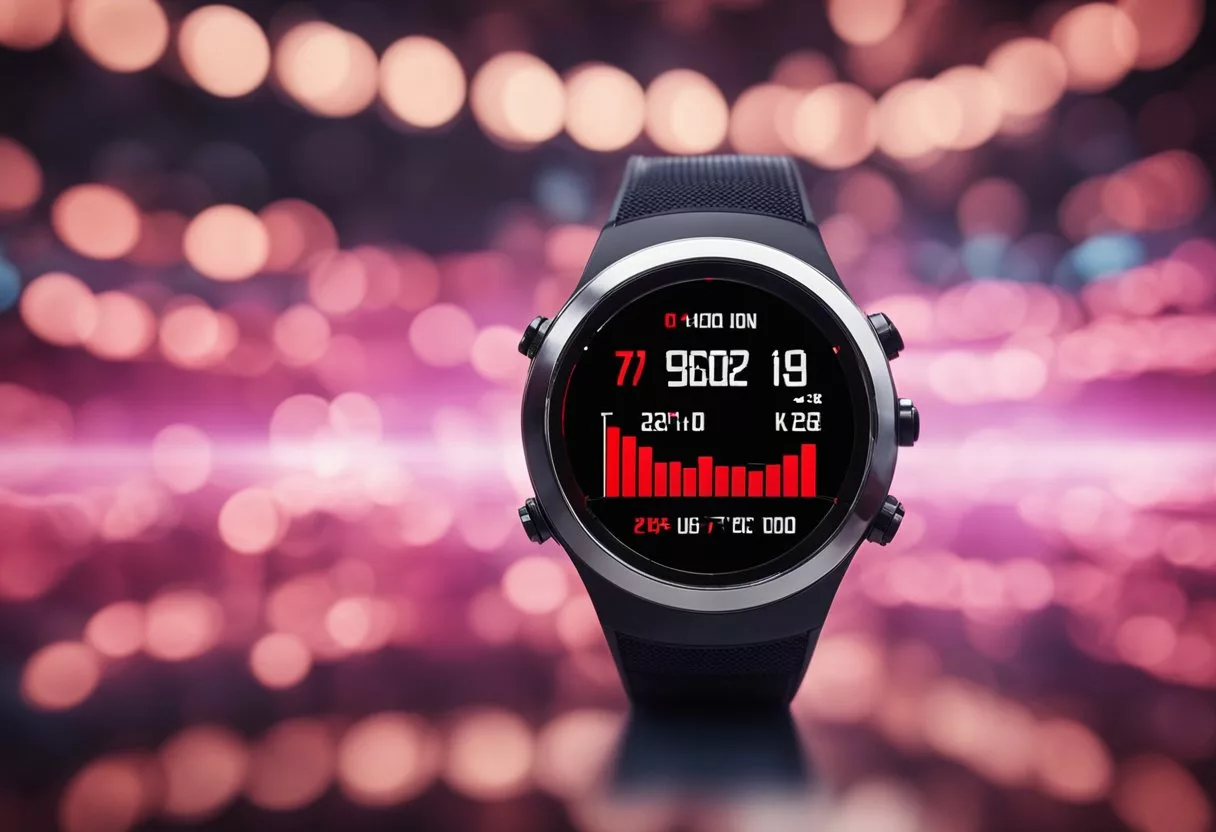
To keep a normal heart rate and avoid dangerous levels, it’s important to adopt healthy habits.
Eat a Balanced Diet: Choose foods that support heart health, like fruits, vegetables, and lean proteins. Avoid too much salt and unhealthy fats.
Regular Exercise: Engage in moderate physical activity. Aim for at least 30 minutes a day, most days of the week.
Manage Stress: High stress can affect your heart. Practice relaxation techniques like deep breathing or meditation to help manage stress levels.
Avoid Tobacco: Do not smoke or use smokeless tobacco. If you smoke, seek help to quit. Stay away from secondhand smoke.
Limit Caffeine and Alcohol: Too much caffeine or alcohol can increase your heart rate. Keep your intake at moderate levels.
Maintain Healthy Weight: Being overweight can lead to heart conditions. A healthy weight helps keep your heart rate normal and your blood pressure in check.
Monitor Your Numbers:
- Keep track of your blood pressure.
- Check your heart rate.
- Be aware of your cholesterol levels.
Stay Hydrated: Drinking enough water is essential for maintaining energy levels and helping oxygen circulate efficiently in your body.
Regular Check-ups: Visit your doctor for regular check-ups. Detect and manage any heart condition early.
Know the Signs: If you feel symptoms like dizziness, shortness of breath, or a heart rate that’s too high or too low, seek medical help immediately. Being aware of these signs can prevent serious complications.
Frequently Asked Questions

Knowing when a heart rate is dangerous can save lives. This section answers common questions about when to seek medical attention, how age impacts heart rate, and other key factors.
At what heart rate should you seek emergency medical attention?
You should seek emergency medical attention if your heart rate exceeds 100 beats per minute (bpm) while resting or drops below 60 bpm without a known reason.
Can a heart rate be too low and when should you be concerned?
Yes, a heart rate below 60 bpm, especially if accompanied by symptoms like dizziness or fatigue, could be a sign of a serious condition.
How can age affect the threshold for an unsafe heart rate?
As people age, their maximum heart rate typically decreases. A heart rate that is safe for a younger person may be dangerous for an older adult.
What heart rate is considered a medical emergency for a child?
For children, seek medical help if their heart rate is consistently above 120 bpm or below 60 bpm, as these ranges can indicate an emergency condition.
What factors contribute to a dangerously high heart rate?
Factors like high stress, fever, dehydration, and certain medications can cause a heart rate to become dangerously high. Underlying medical conditions also play a significant role.
What symptoms might accompany a heart rate that is considered too high or too low?
Symptoms like shortness of breath, chest pain, fainting, and extreme fatigue often accompany abnormal heart rates. If these symptoms occur, medical attention is recommended.